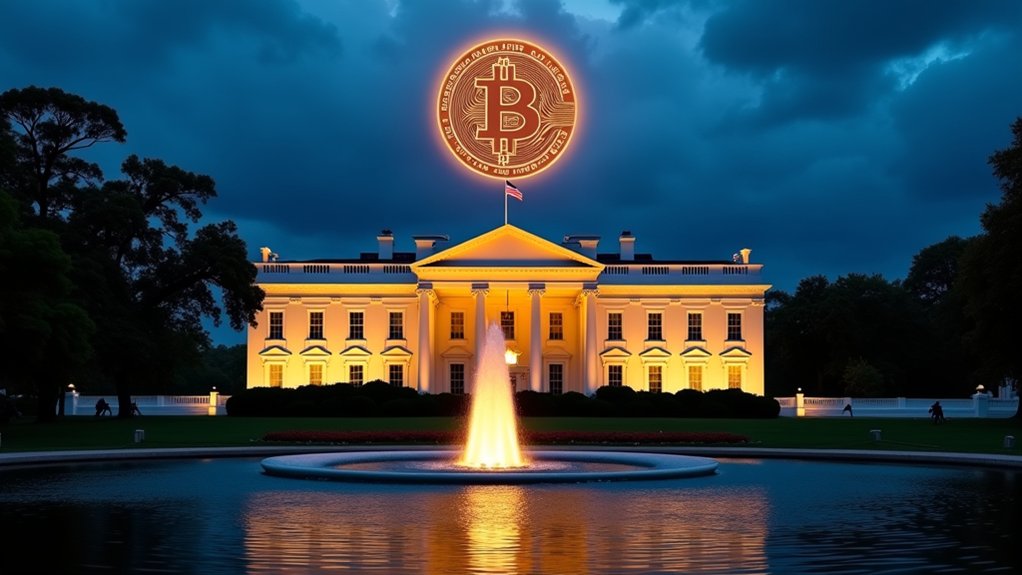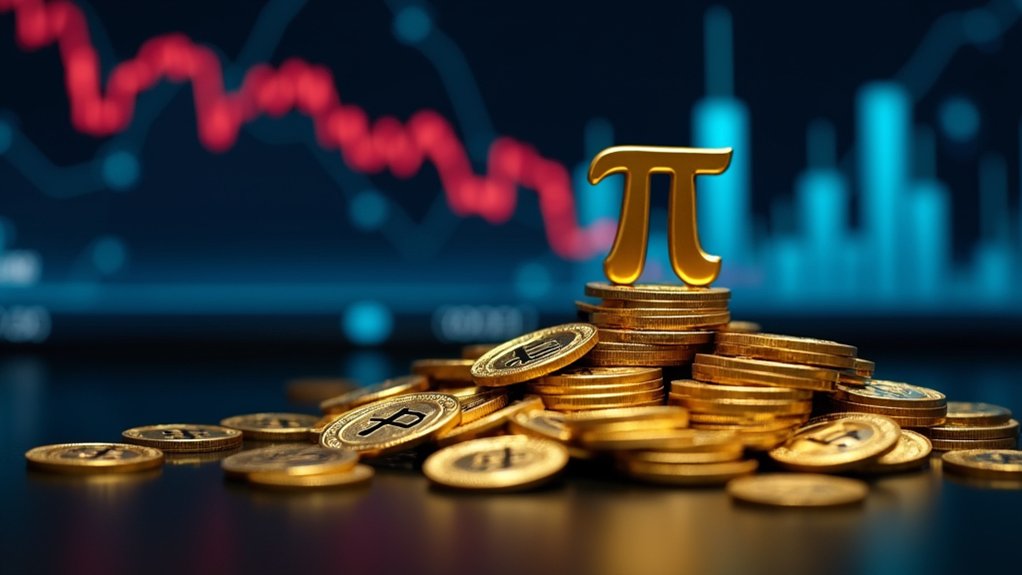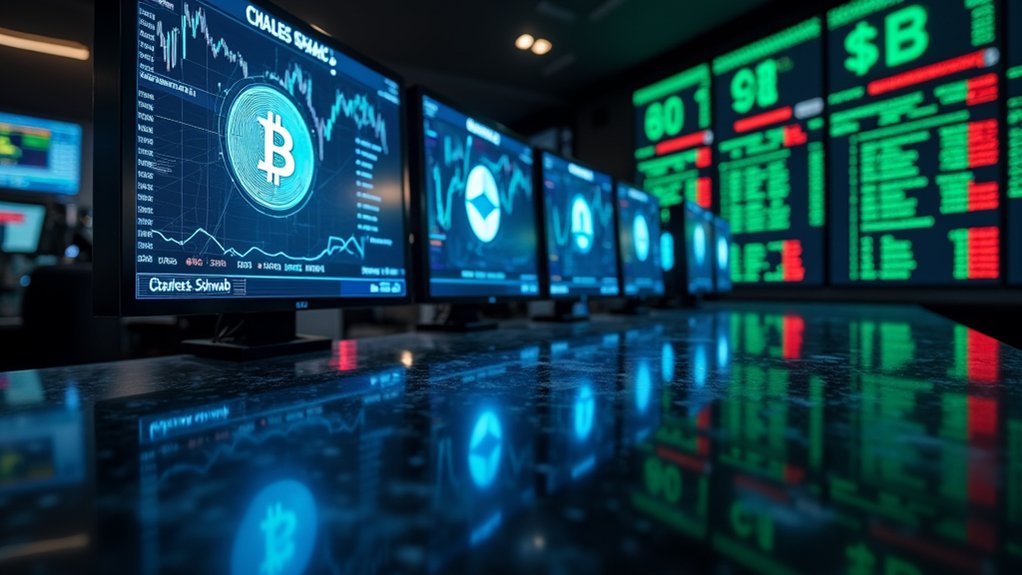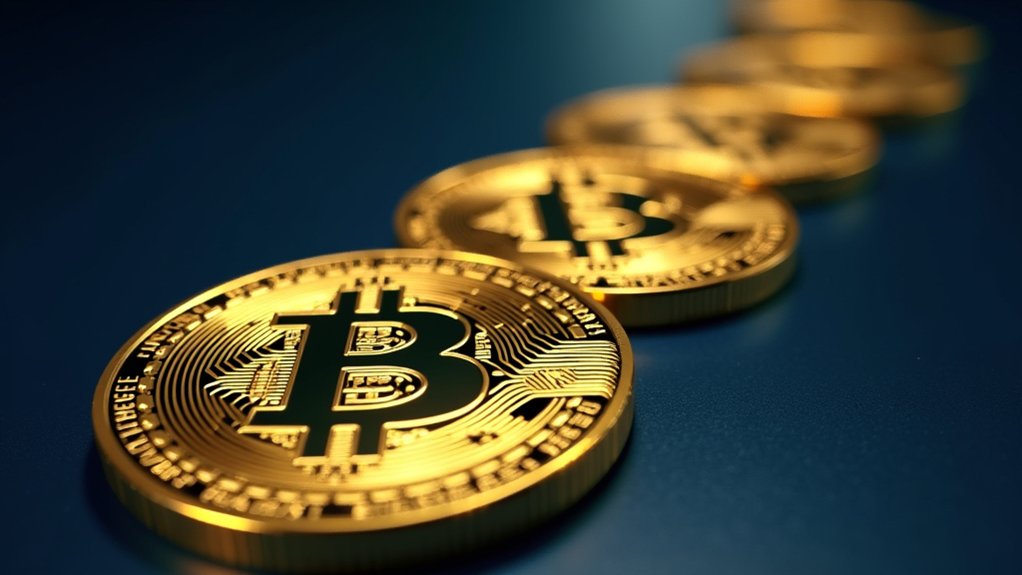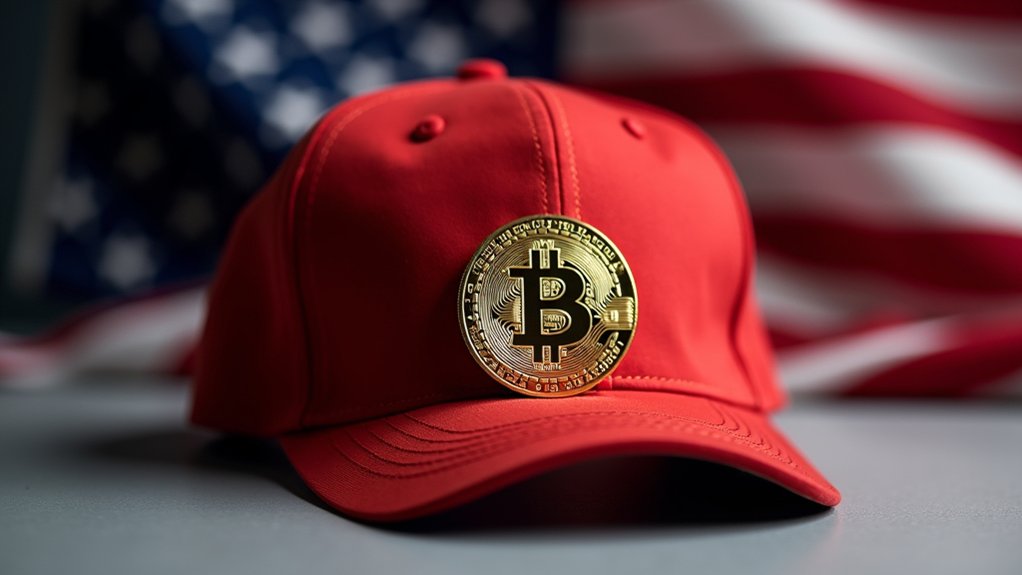While nations around the world scramble to hoard Bitcoin, the White House isn’t sitting idle. A bold new initiative, spearheaded by Bo Hines from the Trump administration’s Council of Advisers for Digital Assets, aims to create a Strategic Bitcoin Reserve using an unexpected funding source: tariff revenue.
The plan is pretty straightforward – take money from existing tariffs and buy Bitcoin. No new taxes. No reaching into Americans’ pockets. Just redirecting funds that are already flowing in. It’s the kind of creative thinking that makes bureaucrats’ heads spin, but here we are. In close coordination with the administration, Anthony Pompliano’s insights have helped shape potential funding strategies.
The plan emphasizes acquiring Bitcoin through budget-neutral methods to ensure responsible fiscal management. The whole thing stems from growing concerns about global competition for Bitcoin’s finite supply. Other countries are stockpiling it like squirrels before winter, and U.S. officials have finally caught on. The scarcity factor is particularly compelling given that only 21 million Bitcoins will ever exist. The five-year plan would gradually convert excess tariff reserves into Bitcoin, positioning it alongside traditional assets like gold in the national treasure chest.
What’s interesting is the political support this thing’s getting. Senator Cynthia Lummis‘s BITCOIN Act is being waved around as potential legislative backing, and several pro-crypto lawmakers are jumping on board. The administration’s messaging is all about transparency and staying competitive on the global stage. How invigorating.
The implications for crypto markets could be massive. When Uncle Sam goes shopping for Bitcoin, prices tend to notice. The move would fundamentally validate Bitcoin as a legitimate reserve asset – something that would make traditional bankers choke on their morning coffee.
Federal Reserve banks are being eyed as potential conduits for these purchases, which is ironic considering their historical skepticism toward crypto. The plan also includes provisions for developing institutional-grade custody solutions and security measures. Because let’s face it, you can’t just store billions in Bitcoin on a USB stick in the Treasury secretary’s desk drawer.
Global economic tensions and fears of currency devaluation are driving this train, and the U.S. apparently doesn’t want to miss its ride. Whether this plan succeeds or joins the graveyard of ambitious government initiatives remains to be seen.
But one thing’s clear – the crypto game just got a lot more interesting.
